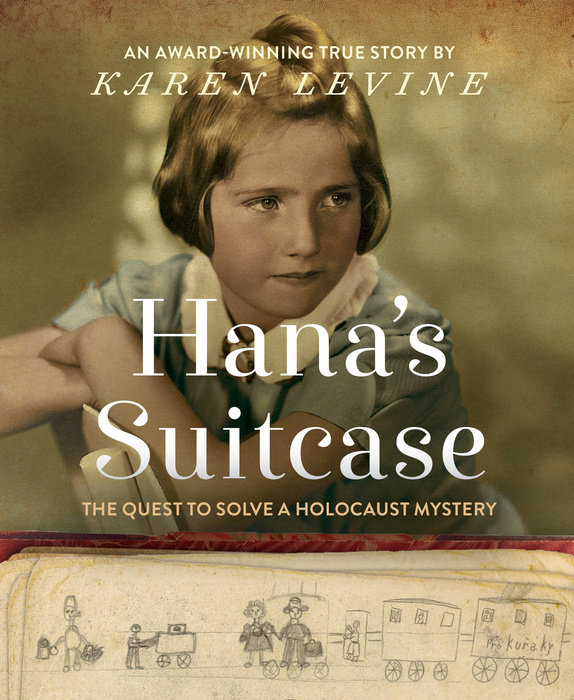Hana's Suitcase
This award-winning true Holocaust story, newly updated, connects generations through one woman’s quest to find the truth behind a mysterious suitcase.
In March 2000, Fumiko Ishioka, the curator of a small Holocaust education center in Tokyo, received an empty suitcase from the museum at Auschwitz. On the outside, in white paint, were the words “Hana Brady, May 16, 1931, Orphan.”
Fumiko and the children at the center were determined to find out who…
An Excerpt fromHana's Suitcase
Tokyo, Japan, Winter 2000
Really, it’s a very ordinary-looking suitcase. A little tattered around the edges, but in good condition.
It’s brown. It’s big. You could fit quite a lot in it--clothes for a long trip, maybe. Books, games, treasures, toys. But there is nothing inside it now.
Every day children come to a little museum in Tokyo, Japan, to see this suitcase. It sits in a glass cabinet. And through the glass you can see that there is writing on the suitcase. In white paint, across the front, there is a girl’s name: Hana Brady. A date of birth: May 16, 1931. And one other word: Waisenkind. That’s the German word for orphan.
The Japanese children know that the suitcase came from Auschwitz, a concentration camp where millions of people suffered and died during the Second World War between 1939 and 1945. But who was Hana Brady? Where did she come from? Where was she traveling to? What did she pack? How did she become an orphan? What kind…


